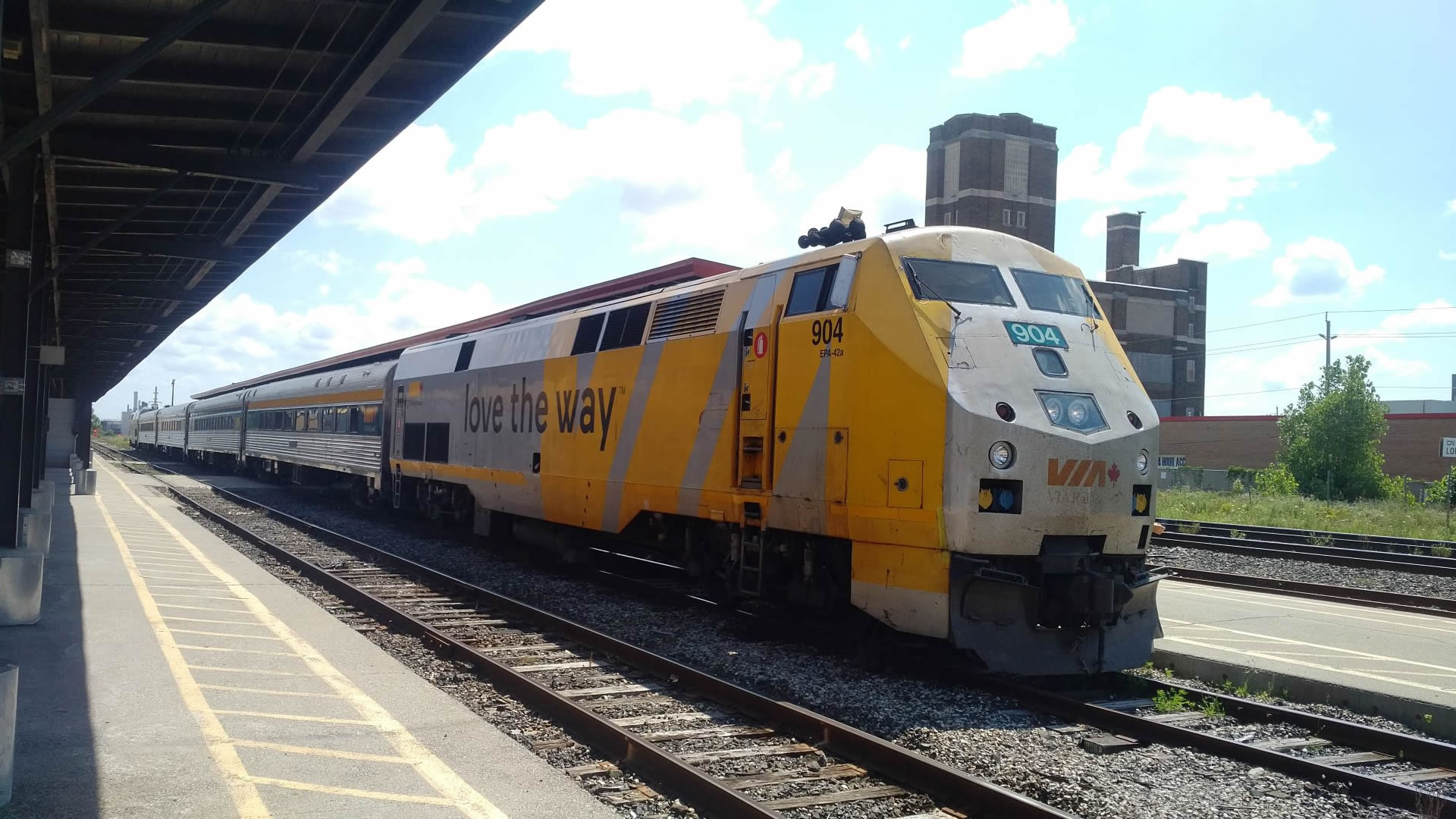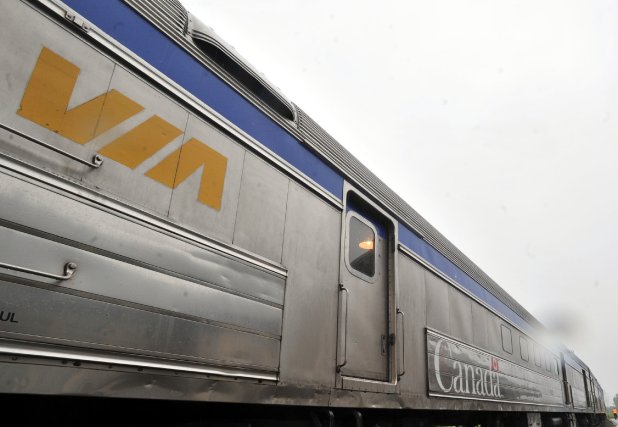lenaitch
Senior Member
CP took over quite a bit of CN’s track in Peterborough in 1990 when CN abandoned Uxbridge to Peterborough (the last major customer, in Lindsay, was closing around that time) but since then, most customers closed or switched to trucks.
All the ex-CN spurs in Peterborough were eventually removed by CP (many of which are now trails), with only Quaker Oats left as a customer of any significance. I’m not even sure if they still get rail deliveries anymore.
This article from June of this year discusses the rebuilding of the train shed and mentions that it is still used to unload rail cars (although the photo shows a truck). I have been told that the amount of grain they receive by rail seasonally fluctuates to accommodate local farmers.







